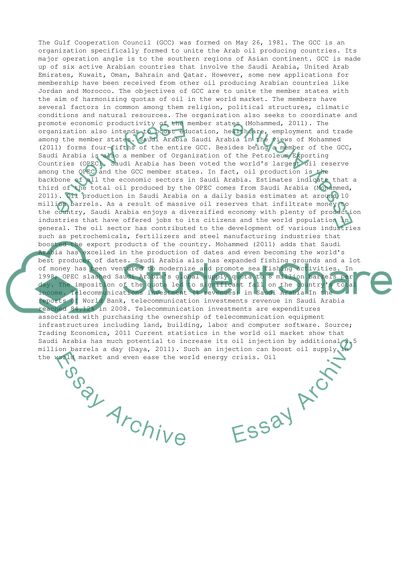Cite this document
(“GCC economies and their role in the world economy Research Paper”, n.d.)
Retrieved de https://studentshare.org/business/1391685-gcc-economies-and-their-role-in-the-world-economy
Retrieved de https://studentshare.org/business/1391685-gcc-economies-and-their-role-in-the-world-economy
(GCC Economies and Their Role in the World Economy Research Paper)
https://studentshare.org/business/1391685-gcc-economies-and-their-role-in-the-world-economy.
https://studentshare.org/business/1391685-gcc-economies-and-their-role-in-the-world-economy.
“GCC Economies and Their Role in the World Economy Research Paper”, n.d. https://studentshare.org/business/1391685-gcc-economies-and-their-role-in-the-world-economy.


